What is it?
The Nissan Qashqai is the fourth-best-selling car in the UK in 2017, up from fifth in 2016 - and, most importantly, it’s the UK's best-selling mid-sized SUV. Needless to say, it's also Nissan's best-seller.
So successful is the Qashqai’s recipe that even the Volkswagen Golf has sold only 36,703 to the Qashqai’s 33,574 so far in 2017. So how has a major facelift, both inside and out, helped the Qashqai’s case against an ever-growing number of rivals with an ever-growing list of talents to match?
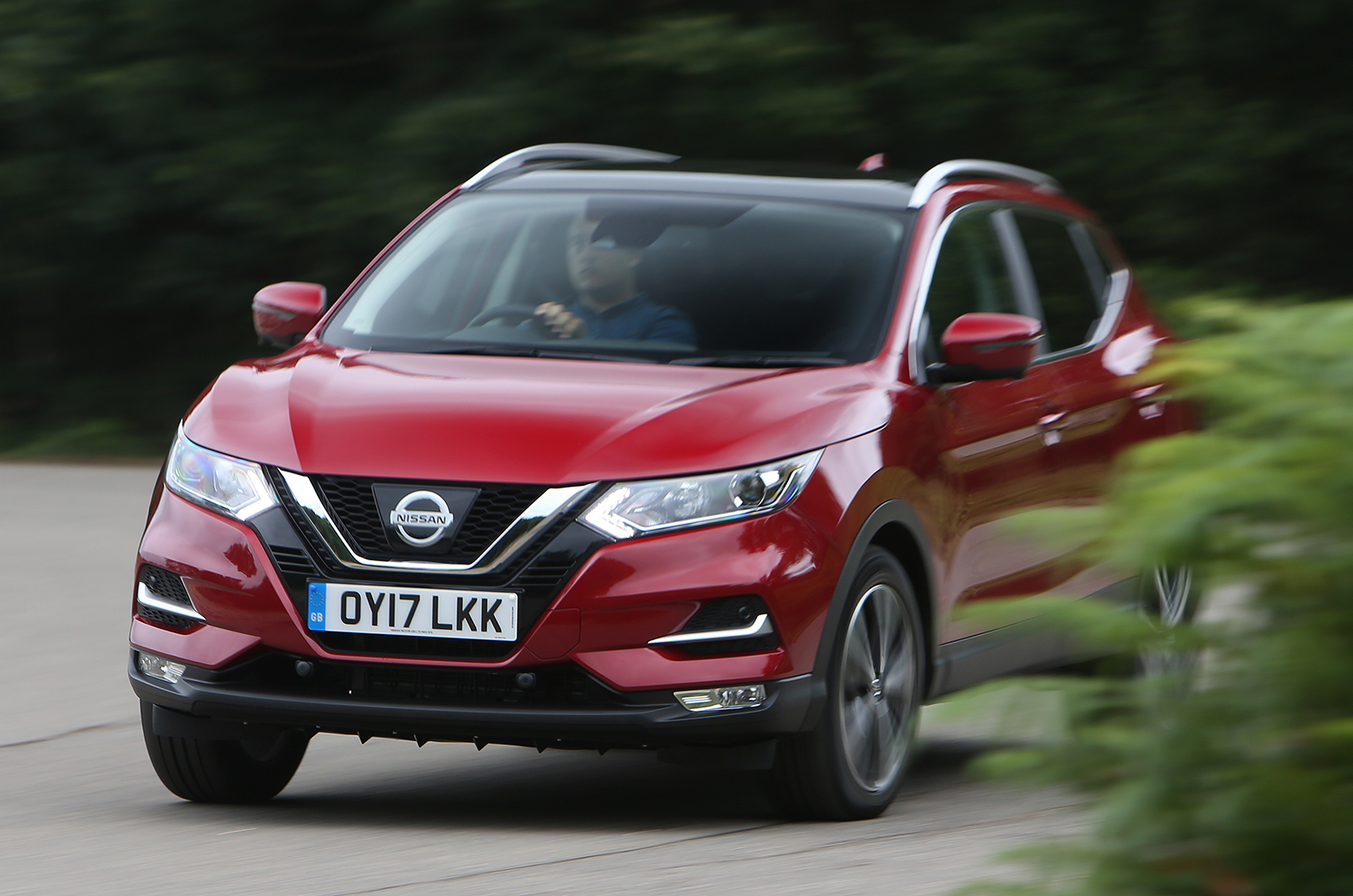
The mid-range N-Connecta model with the 109bhp 1.5 dCi engine we're driving here will be the best-selling across the range, sitting two trim levels below the semi-premium Tekna+ and two above the entry-level Acenta. It occupies the £23,000-£28,000 price point, depending on engines. Nissan claims 99g/km and 74.3mpg for this particular set-up, so running costs are mooted to be around the lowest in the segment.

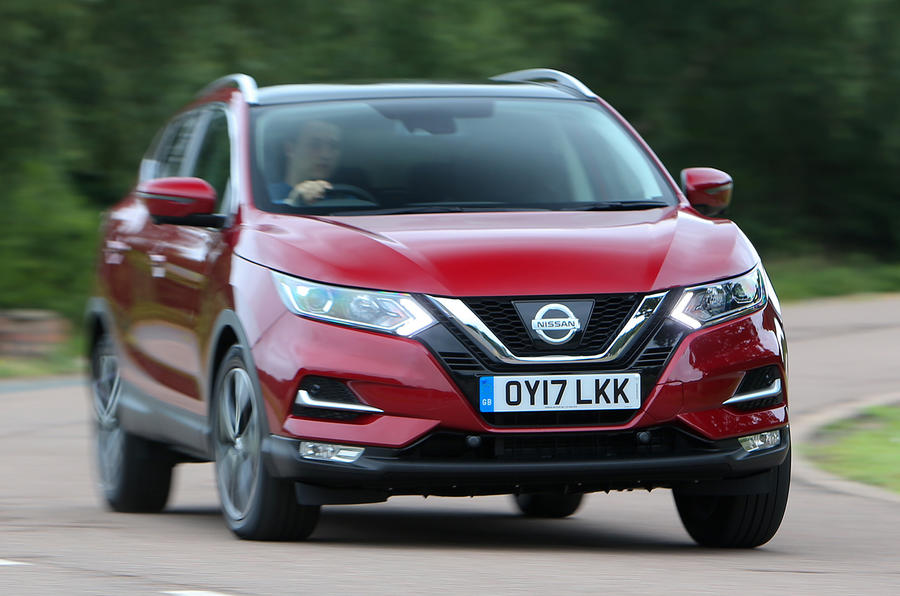
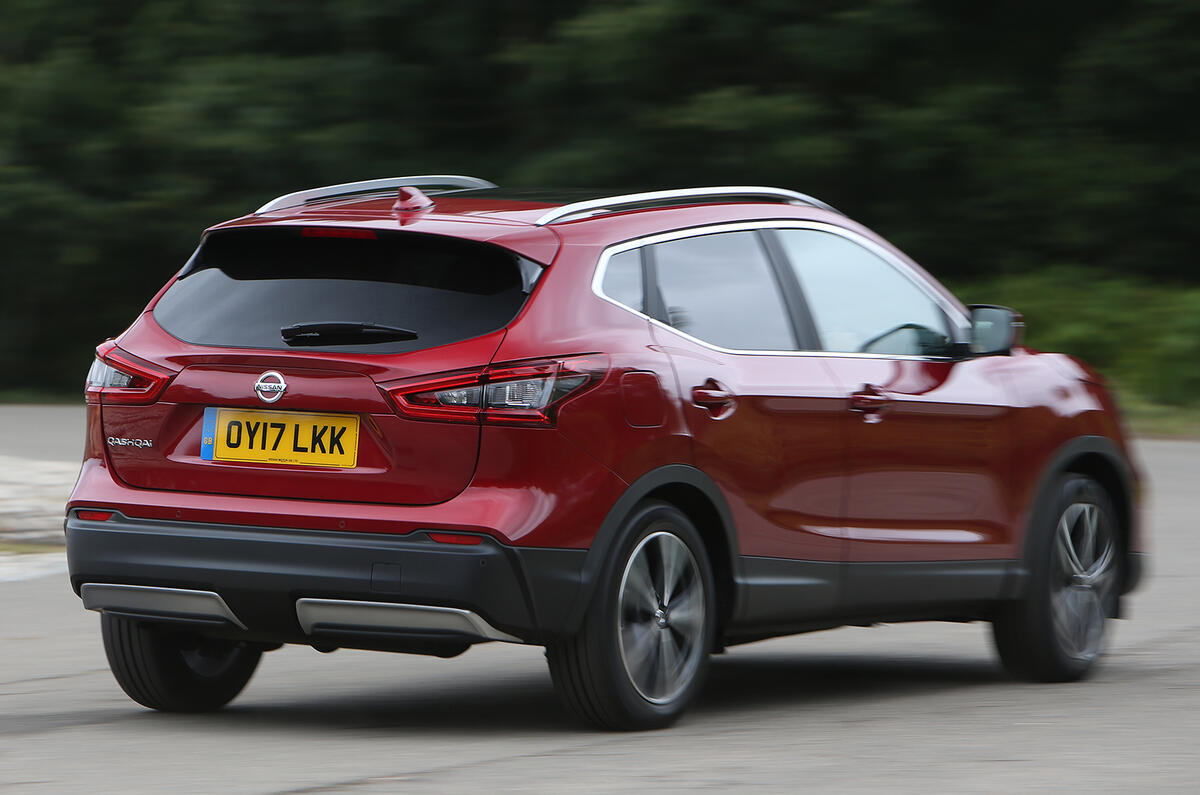










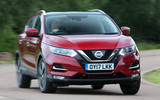












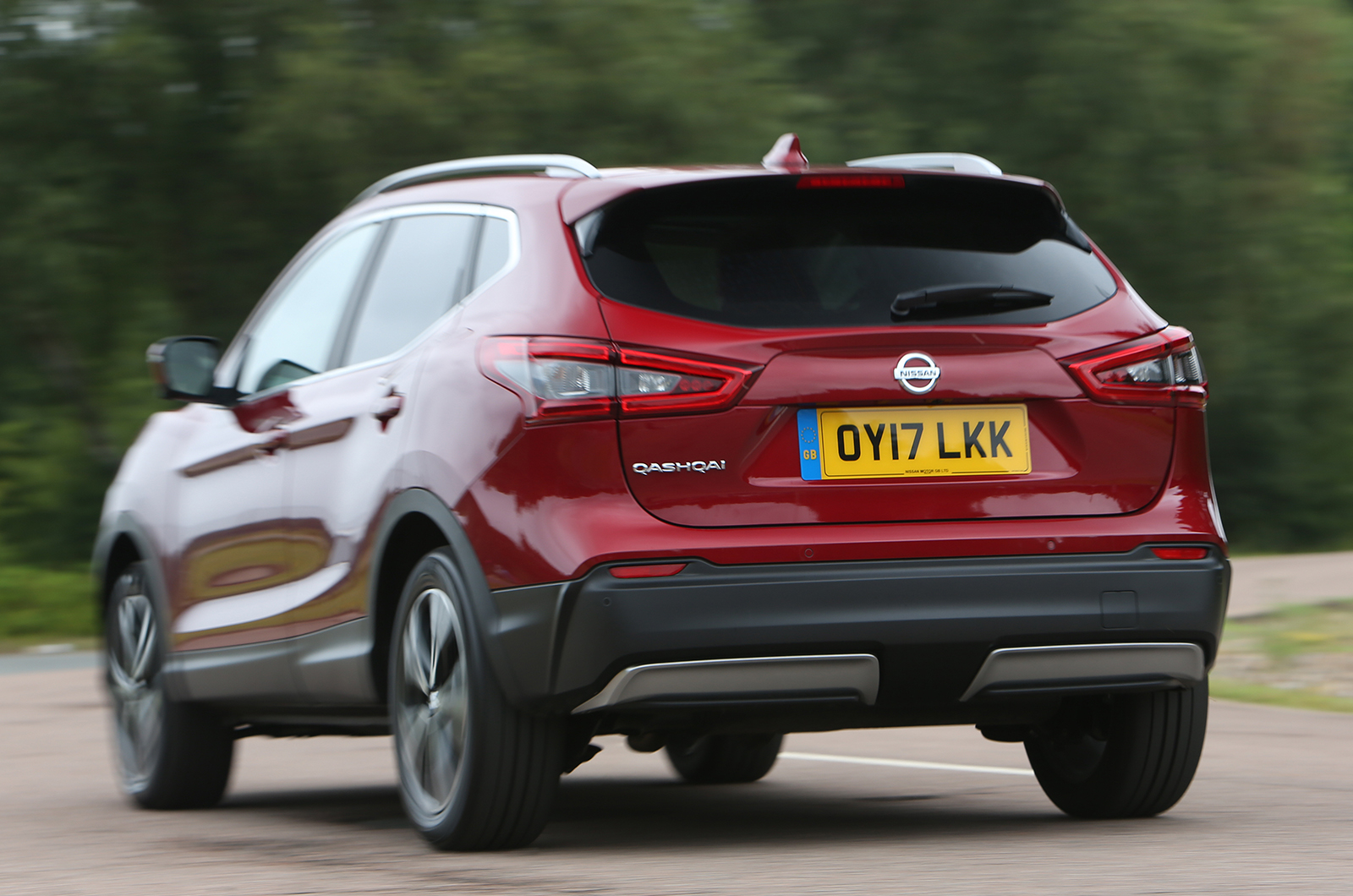
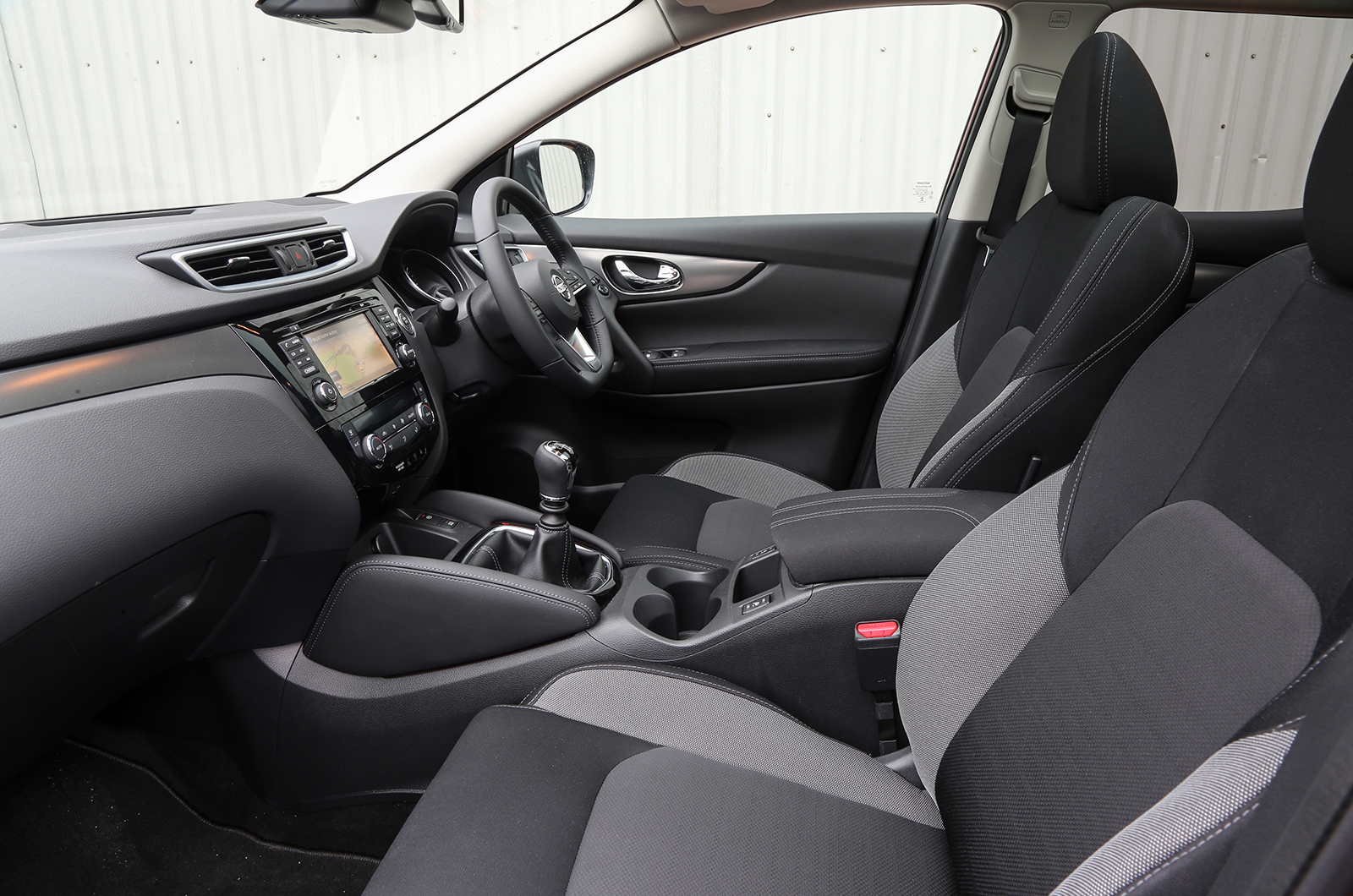
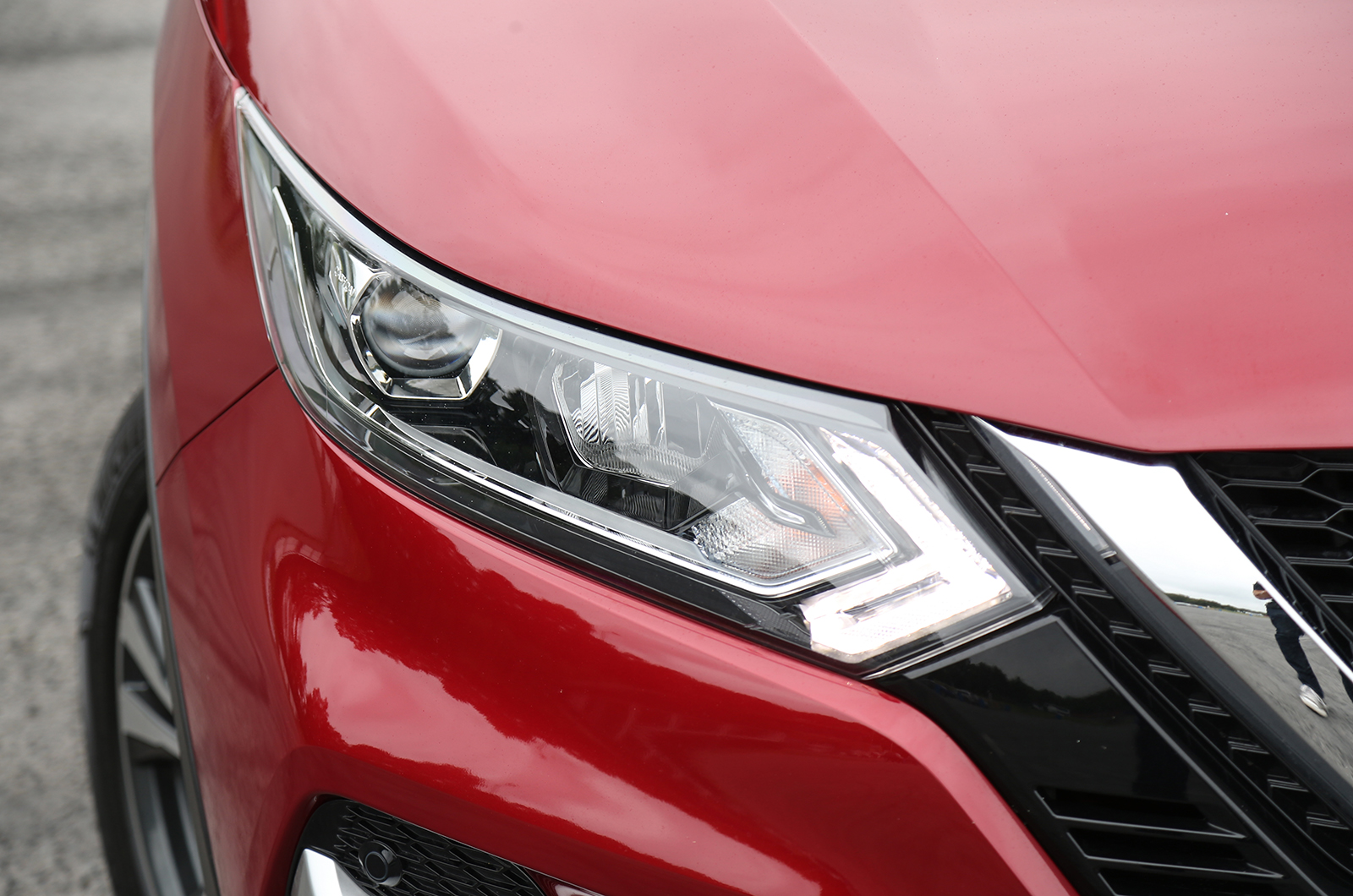
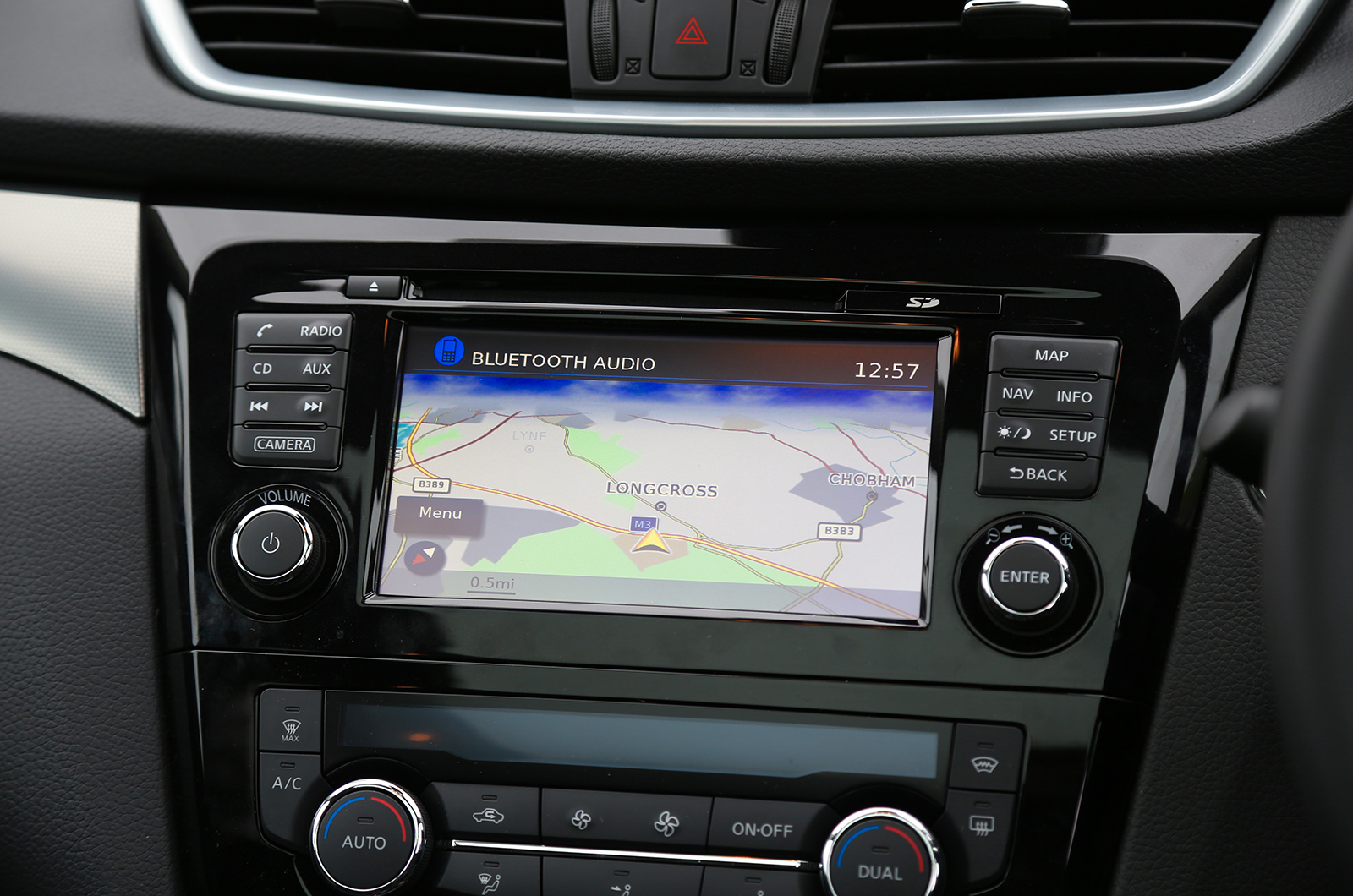


Join the debate
Add your comment
Qasqai 1.6 diesel 4wd with
Qasqai 1.6 diesel 4wd with 130 bhp 129g/km CO2
New (larger) Alfa Stelvio 2.2-litre 210hp diesel Q4 AWD produces 127g/km of CO2
Just makes the Nissan look a bit left behind, Nissan are great at gadgets but those old Renault engines are quickly becoming uncompetitive. They tend to offer fleet buyers some massive discount incentives to make up for the drivers tax bills with low lease costs.
The Apprentice wrote:
There are also rumours that Fiat have been less than truthful about their emmisions as well, but never mind, I suppose that stops them from being left behind or uncompetitive.
"Rivals Seat Ateca, Toyota CH
"Rivals Seat Ateca, Toyota CH-R, Ford Kuga" That's a list that spans B-segment X-over (CH-R) and C/D segment with the Kuga. I would imagine the CH-R buyer would be looking at a Juke rather than this...even though it's pricier. And no mention of Kadjar / 3008? Weird.
Reliability
Seems like a well rounded car, though a stronger petrol range would be welcome. The biggest issue, and what puts me off considering one is reliability. There are a lot of reports of problems; not what you expect from a Japanese manufacturer.